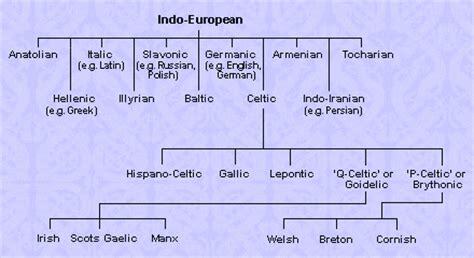Celtic Languages in the Ancient World

Episode 3 Celtic Languages and the Ancient World
The Celtic World
Dr Jennifer Paxton (2018)
Film Review
In this lecture, Paxton explains how a study of Celtic languages dispels earlier beliefs that the Celts originated in Central Europe and went on to conquer all of Western Europe, including the British Isles and Ireland.
According to Paxton, the Proto-Indo European language from which Pro-Celtic evolved arose about 6000 BC. Ancient inscriptions from western Spain, France and Ireland suggest the latter emerged as a distinct language around 3000 BC.

She supports the view that Celtic language and culture originated on the west coast of Europe (in Ireland and western Spain and France) among cultures that traded heavily with one another and then spread eastward to central and northern Europe.
Paxton believes there’s no other way to explain the geographical distribution of Q-Celtic and P-Celtic languages. At some point, the Celtic language lost its P for some branches of Celtic speakers (ie the Brythonic speaking Welsh, Cornish and Breton).* She believes the P Celtic languages originated in Gaul, whose Gallic language was P-Celtic language. In contrast, the Q-Celtic languages of Ireland, Scotland and the Isle of Mann, seem to have originated in western Spain.
Aside from the total absence of archeological evidence suggesting European Gauls ever invade the British Isles, Paxton also cites the total absence of similarities between the Celtic language and Central European languages. If anything, Celtic is most similar to the Slavic and Baltic languages.***
*The Breton speakers of Brittany are descended from immigrants from the British Isles who emigrated to western France in the 5th century AD.
**There’s no verb for “have” in either Celtic or Russian. Instead both languages use the preposition “at” to indicate possession (eg “at me a cat” means “I have a cat.”). Recent DNA studies indicate two significant waves of migration to Ireland. The first occurred between 10,000 and 5,200 BC from southern Europe (mainly Spain and Sardinia) and the Middle East. The second occurred around 4,000 BC (and not 500 BC as previously believed) from people who originated in the steppe region of Russia and Ukraine and gradually migrated across Europe to the British Isles. The the Celts living in Ireland, Scotland and Wales aren’t directly descended from the European Keltoi described by the Greeks and Romans but likey shared common ancestors. See https://owlcation.com/stem/Irish-Blood-Genetic-Identity
https://pukeariki.kanopy.com/en/pukeariki/watch/video/5701024/5701032
The Most Revolutionary Act
- Stuart Jeanne Bramhall's profile
- 11 followers



